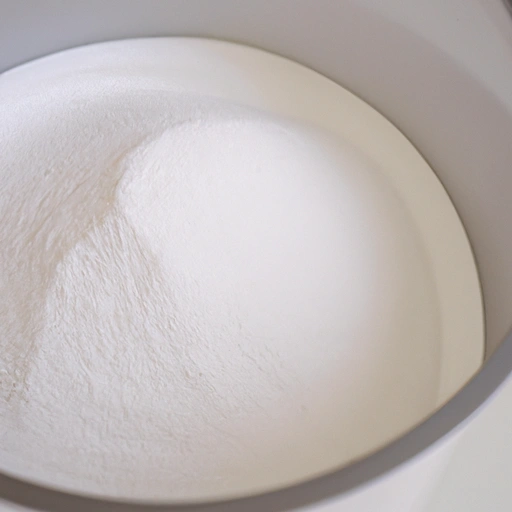Gelatin
Description

Gelatin is a translucent, colorless, flavorless food ingredient derived from collagen, which is obtained from various animal body parts. It is commonly used as a gelling agent in food, pharmaceuticals, photography, and cosmetic manufacturing. Gelatin has the unique ability to gel or thicken liquids when cooled after being dissolved in hot water, making it a versatile ingredient in culinary applications.
Common uses
Gelatin is commonly used as a thickener, stabilizer, and texturizer in a multitude of dishes. It can be found in a variety of sweets like marshmallows, gummy candies, and jelly desserts. Also, it is used to give a smooth and firm texture to cheesecakes, mousses, and other creamy desserts. Beyond sweet treats, gelatin is utilized in savory recipes such as aspics, terrines, and broths to add body and richness.
Nutritional value
Calories
A single tablespoon (about 7 grams or 0.25 oz) of gelatin contains approximately 20 calories.
Protein
Gelatin is almost entirely protein, with a tablespoon providing roughly 6 grams (0.21 oz) of protein.
Fat
Gelatin contains no fat, making it a lean choice for protein supplementation in various diets.
Carbohydrates
Gelatin is carbohydrate-free, as it consists mainly of protein.
Vitamins
Gelatin typically contains no vitamins unless it is fortified during the manufacturing process.
Minerals
Gelatin provides small amounts of minerals, such as calcium and phosphorus, but not in significant quantities.
Health benefits
As a rich source of protein, gelatin can support skin, hair, and nail growth, improve joint health, and aid in the recovery of connective tissue. Its amino acid content, particularly glycine and proline, may also have anti-inflammatory and immune-boosting properties.
Potential risks
Since gelatin is derived from animals, it poses a risk of transmitting animal diseases if not properly processed. It's also not suitable for vegetarians or vegans. Overconsumption may lead to digestive issues for some individuals. Allergy to gelatin is rare but possible.
Common recipes
Gelatin is a star ingredient in recipes like jellied desserts, marshmallows, trifles, panna cotta, and homemade yogurt. It's also used in the production of some ice creams, dips, and spreads to improve texture.
Cooking methods
Gelatin is typically dissolved in hot liquid and then cooled to set. It is essential to follow precise measurements for it to work correctly, with ratios commonly expressed in teaspoons (tsp), tablespoons (tbsp), or grams (g), and ounces (oz) for both American and European recipes.
Pairing with other ingredients
Gelatin pairs well with a variety of ingredients, including fruits, dairy products, sweeteners, and even meats in savory jellies. It's a complementary ingredient that enhances the texture of the dish without altering the original flavors.
Summary
Gelatin is a protein-rich ingredient that serves as a vital culinary tool for creating a myriad of dishes around the globe. Its ability to gel and stabilize makes it invaluable in both sweet and savory recipes. While it offers health benefits like joint support and protein supplementation, gelatin also has potential risks, particularly for those with dietary restrictions or allergies. Understanding how to use gelatin properly can elevate the texture and quality of your culinary creations.